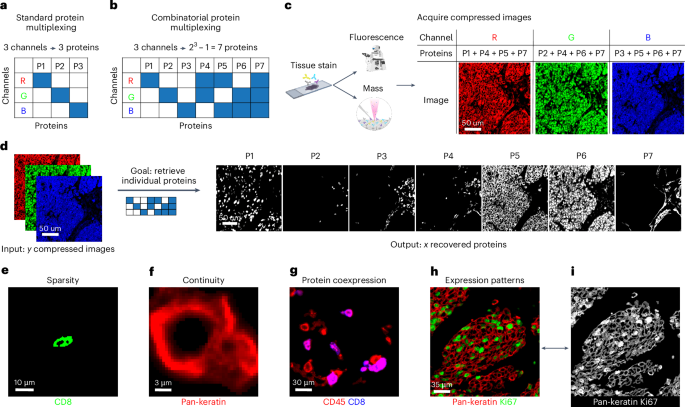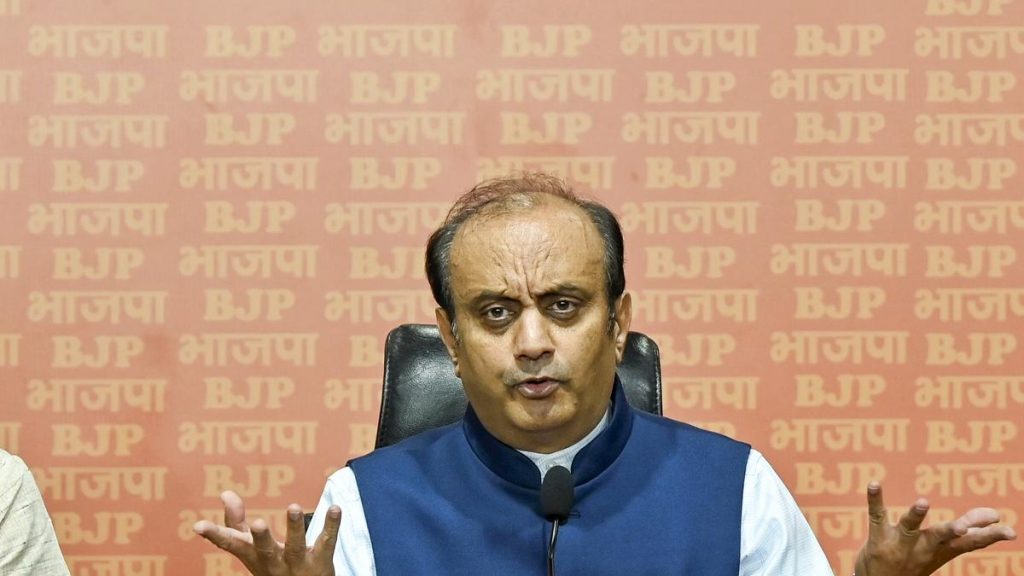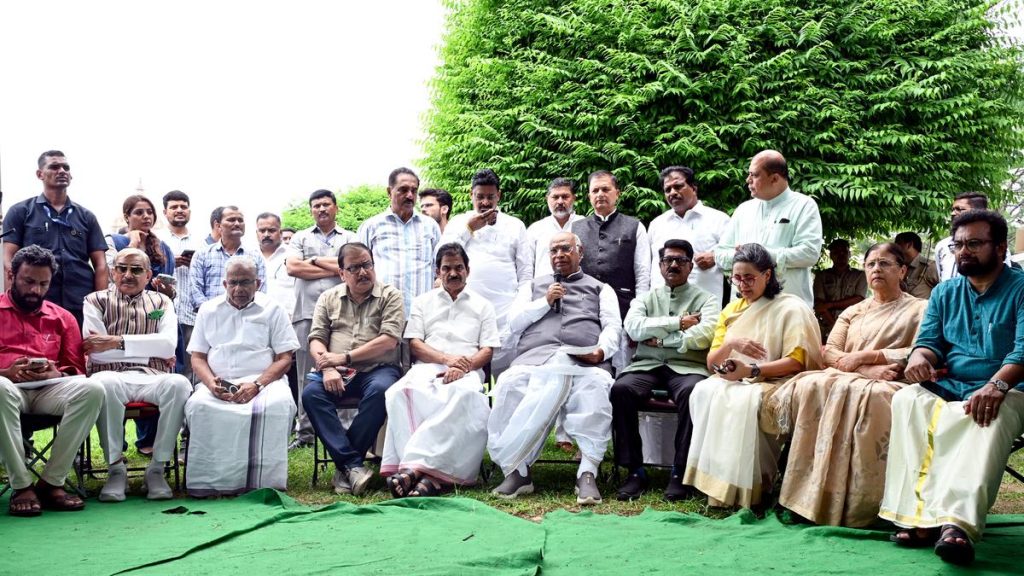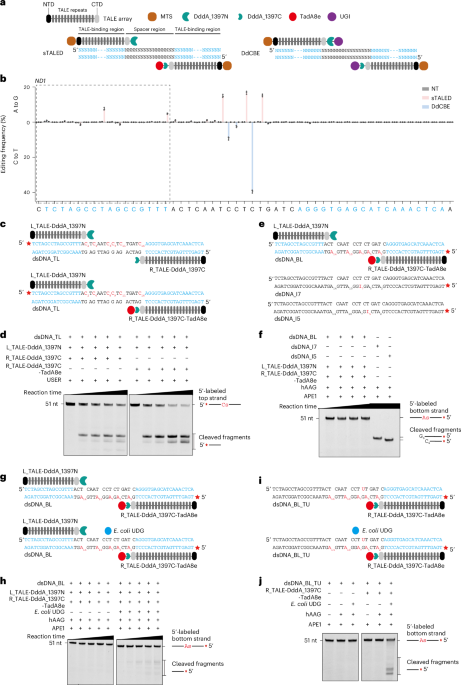Now Reading: Advanced Imaging Achieved with Channel Multiplexing and AI
-
01
Advanced Imaging Achieved with Channel Multiplexing and AI
Advanced Imaging Achieved with Channel Multiplexing and AI

Quick Summary:
- This news article discusses advancements in cancer research methodologies, emphasizing reintegrating pathology to improve diagnostic and therapeutic outcomes.
- Techniques such as immunofluorescence, quantitative multiplex imaging, and DNA exchange imaging are highlighted for their role in deep profiling of cellular architectures and tumor immune complexities.
- Studies showcase technologies like t-CyCIF, IBEX multiphenotyping methods, and CODEX imaging for uncovering insights into tumor biology. These techniques are lauded for enabling high-resolution analysis with potential applications in CAR T cell treatments for solid tumors.
Indian Opinion Analysis:
The integration of advanced imaging techniques into cancer research signifies a vital progression in India’s scope to enhance biomedical innovation. These methodologies could support better understanding of tumor microenvironments and accelerate personalized medicine approaches within India’s healthcare system. However, adaptation would require sufficient infrastructure investment and expertise training at national institutes like AIIMS or biotechnology hubs across the country. Leveraging these cutting-edge technologies can elevate India’s position on global health fronts while improving early diagnosis rates domestically.
For further details: Read MoreQuick summary:
- The raw text provided appears to reference advanced scientific studies and breakthroughs related to multiplexed imaging, protein amplification, tumor biology evaluation, and spatial profiling technologies.
- The references span various computational and biological methods in tissue imaging and RNA profiling that hold relevance in medical research.
- Studies have highlighted techniques such as Immuno-SABER for amplified protein imaging in tissues as well as spatially resolved RNA profiling.
- Notable applications include understanding tumor environments through technologies like MIBI-TOF platforms or deep-learning-assisted data analysis.
Indian Opinion Analysis:
India’s focus on advancing biotechnology aligns with the global developments referenced here.For a nation dealing with diseases like cancer at an increasing intensity level annually,the R& D supportive translational bridge ,Quick Summary
- the article discusses advancements in molecular biology and genetics, focusing on tools and methods like imaging, transcriptomics, and digital pathology.
- Specific studies are referenced from journals such as Nature, Cell, and PLoS ONE. Key topics include tumor microenvironments, medical image segmentation (e.g., UNet 3+), tissue analysis technologies (e.g., CODEX multiplexing), virtualization of cell mapping (Human Cell Atlas), and the use of AI for pathology via software tools like QuPath.
- These developments are pivotal for understanding diseases like cancer at a deeper cellular resolution.
Indian Opinion Analysis
India has made meaningful strides in biotechnology but remains primarily focused on clinical diagnostic applications rather than advanced genetic or molecular research at this scale. The international insights shared here could encourage indian researchers to explore similar frontiers in precision medicine-especially understanding complex diseases such as cancer through cellular imaging or mapping. With proper policy support, India’s vast genetic diversity can serve as a critical resource for global genomics projects while enhancing domestic health outcomes.
Quick Summary:
- Focus of the Article: The references listed in the text focus on scientific advancements in imaging techniques, computational biology, and medical physics. They explore methods for high-dimensional tissue profiling, image reconstruction algorithms based on brain activity data, and improvements to cost functions in image analysis.
- Specific Research:
– Multiplexed ion beam imaging for tissue profiling (Elhanani et al.).
– MAUI pipeline for image processing during mass-based imaging (Baranski et al.).
– Adaptive-weighted algorithm for sparse-view CT reconstruction (xi et al.).
– Deep learning models reconstructing images from brain activity signals (Shen et al., Takagi & Nishimoto).
- Applications: These studies are relevant to fields such as medical diagnostics,neuroscience research,live-cell imaging innovations,and computational biology.
Link: Read More
Indian Opinion Analysis:
The advancements in high-resolution imaging and computational techniques highlighted here hold considerable meaning for India’s scientific community. As India continues to expand its capabilities across biotechnology and AI-driven healthcare solutions, utilizing tools like multiplexed ion beam profiling or deep learning-driven image reconstruction can bolster clinical diagnostics and neuroscience research within the country.
With ongoing investment efforts aimed at promoting innovation hubs such as Bengaluru’s tech ecosystem or AI-focused initiatives by institutes like IITs or IISc Bengaluru, these technologies could enable more precise understanding of human anatomy or cognitive function while advancing medical applications. moreover, partnerships with international entities publishing such cutting-edge research could provide valuable pathways to incorporating them into India’s healthcare landscape strategically.
























